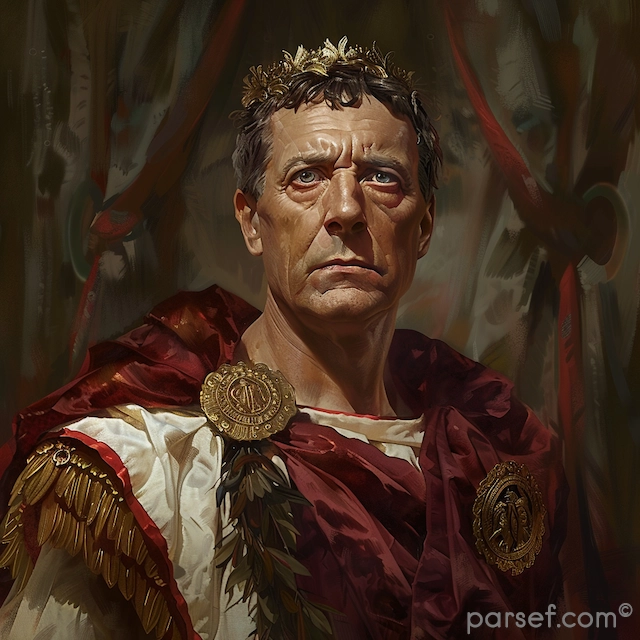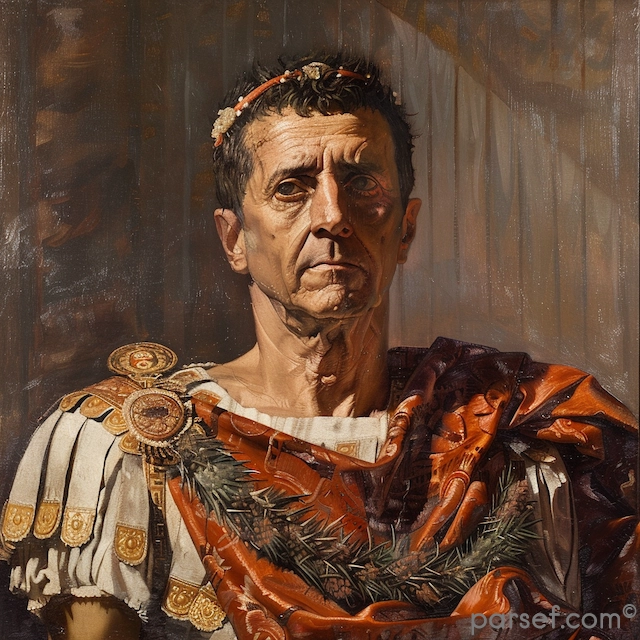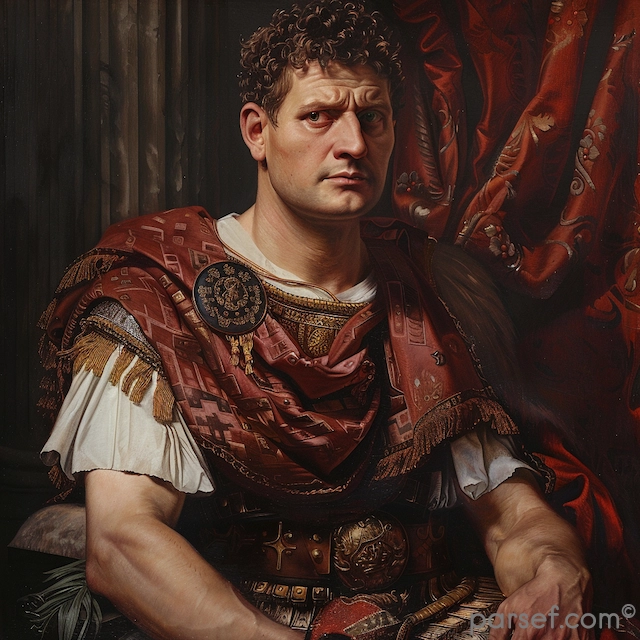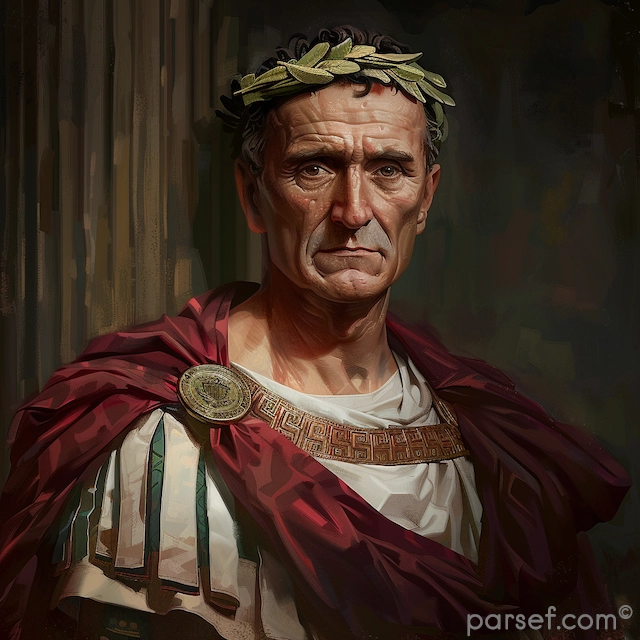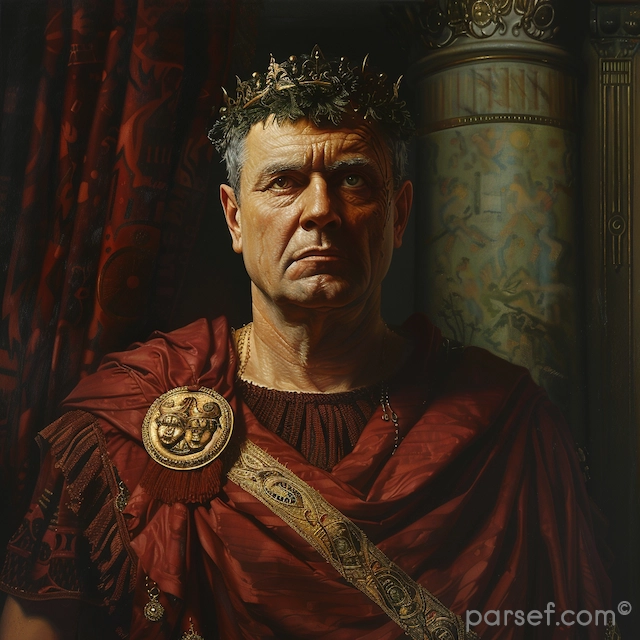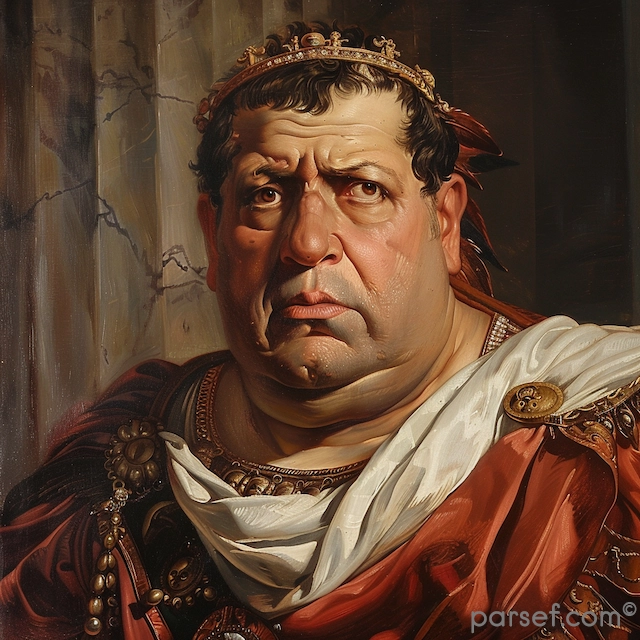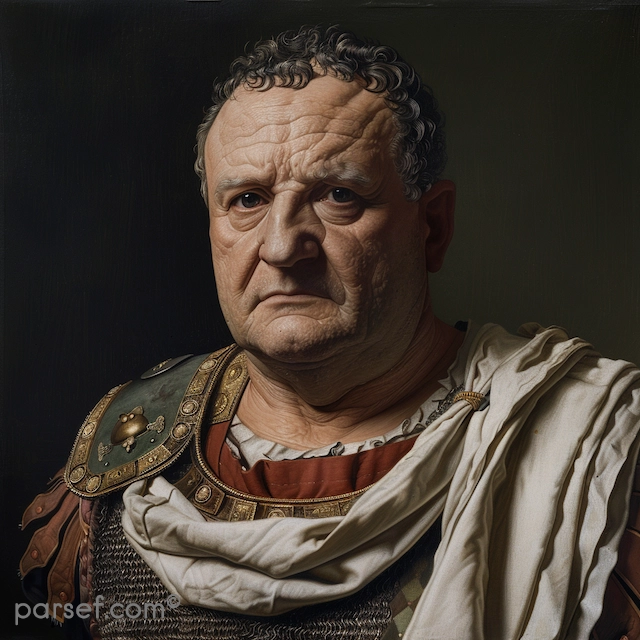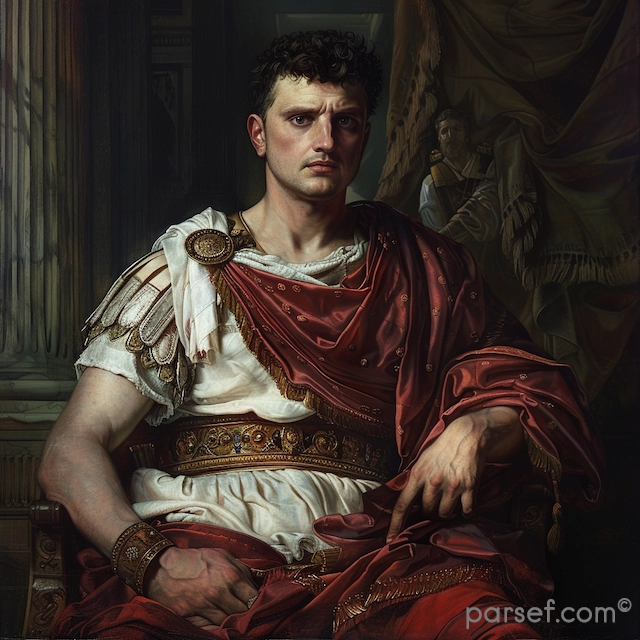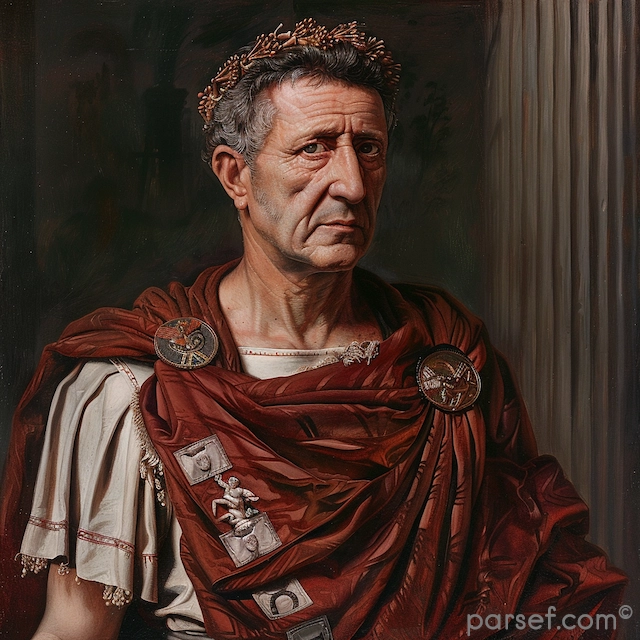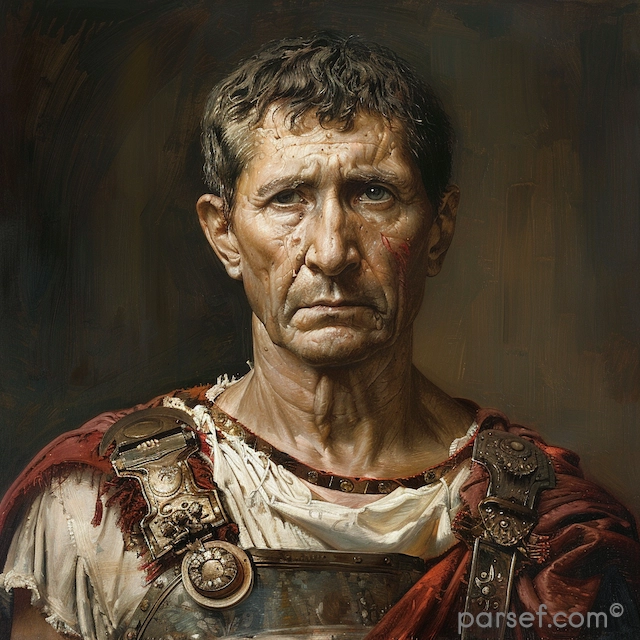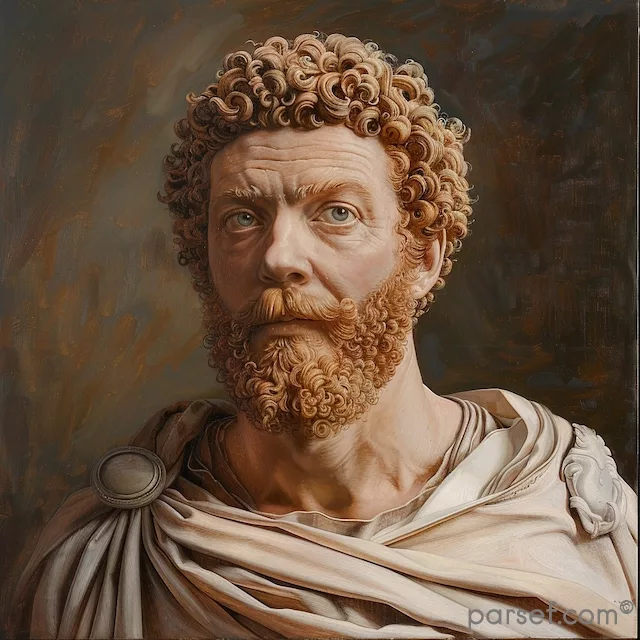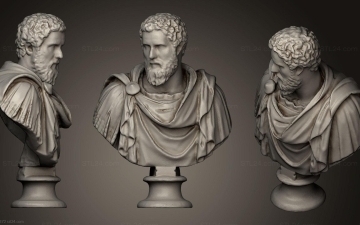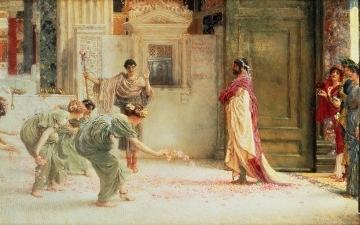A Portrait of Berl Katznelson: The Role of Jewish Tradition in His Labor Zionist Thought
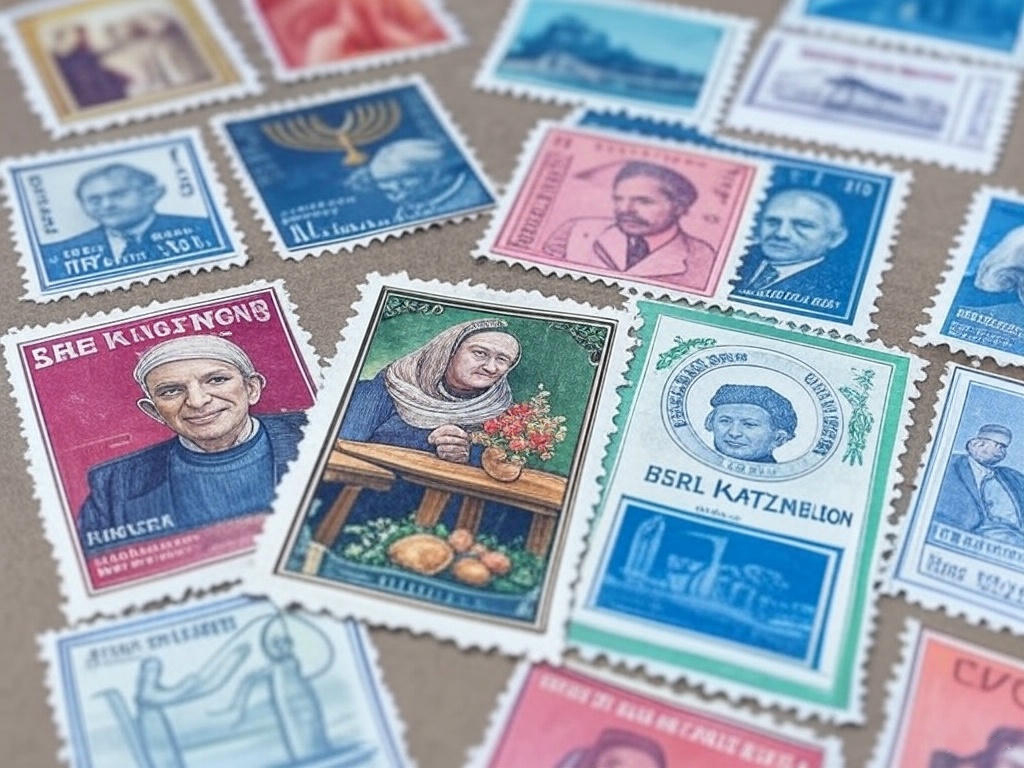
Berl Katznelson (1887–1944) was a towering figure in Labor Zionism, a movement that sought to combine socialist principles with the Zionist vision of a Jewish homeland in Palestine. Born in Bobruisk, Belarus, to a family steeped in Jewish tradition and Zionist ideals, Katznelson’s upbringing profoundly shaped his intellectual and ideological framework. His father, a member of Hovevei Zion, instilled in him a love for Jewish learning, Hebrew literature, and Zionist aspirations, alongside an interest in Russian socialism. This dual heritage—Jewish tradition and socialist thought—became the cornerstone of Katznelson’s vision for a Jewish state that would be both modern and deeply rooted in its cultural and religious past.
Jewish Tradition as a Foundation
Unlike many of his secular socialist contemporaries, who often rejected religious observance as a relic of the Diaspora, Katznelson saw Jewish tradition as an essential component of the Zionist project. He believed that the creation of a “new Hebrew laborer” did not necessitate a complete break from the past but rather a continuation of Jewish history’s arc. His deep affinity for Jewish texts, rituals, and values set him apart in the often anti-religious milieu of the Second Aliyah pioneers.
Katznelson’s engagement with Jewish tradition was not that of a conventional Torah scholar but of a passionate intellectual who found inspiration in the Torah and Jewish cultural heritage. As S.Y. Agnon noted, Katznelson loved to “waste time” in conversations about Torah, spending hours studying texts that seemed distant from his labor activism. His face would “light up like one who found a treasure” when delving into these works, reflecting a profound emotional and intellectual connection to Jewish learning.
This love for tradition manifested in practical ways. Katznelson was a rare voice in non-religious labor circles advocating for the observance of the Sabbath, Jewish festivals, kashrut in Histadrut kitchens, and circumcision in kibbutzim. He argued that these practices were not mere relics but vital for fostering a sense of Jewish identity and continuity in the new society. His insistence on mourning on Tisha B’Av, as highlighted in his 1934 essay “Revolution and Tradition,” underscored his belief that the Jewish calendar’s commemorative days held unparalleled depth, capable of educating and inspiring the new generation.
Integrating Tradition into Labor Zionism
Katznelson’s Labor Zionism was a synthesis of socialist ideals and Jewish values, which he saw as complementary rather than contradictory. He believed that the social and humanist values of traditional Jewish society—such as communal responsibility, mutual aid, and ethical living—could be integrated into the emerging structures of the Jewish state. This vision is evident in his contributions to institutions like Kupat Holim (the workers’ health fund), HaMashbir (a consumer cooperative), and Davar (the Histadrut’s newspaper), which embodied principles of collective welfare rooted in both socialist and Jewish ethical traditions.
In his seminal 1918 speech, “Facing the Days Ahead,” Katznelson drew on Biblical imagery, particularly the prophets Isaiah and Jeremiah, to frame Labor Zionism as a form of contemporary prophecy. He spoke of labor as the key to redemption, subverting the traditional religious model where redemption was divine. Yet, by invoking these prophets, he grounded his socialist vision in Jewish textual tradition, using their calls for justice and righteousness to inspire the yishuv (Jewish community in Palestine). This approach made his ideology resonate with a people steeped in Biblical narratives, even if they had rejected religious orthodoxy.
Katznelson’s concept of hagshama azmit (self-realization) further illustrates this integration. Inspired by A.D. Gordon’s philosophy, he viewed the individual’s personal growth as inseparable from communal responsibility—a principle echoing Jewish teachings on the balance between personal and collective welfare. He believed that Zionist education should cultivate individuals who were culturally rooted, free, and responsible, with Jewish tradition serving as an anchor for this moral and national restoration.
Revolution and Tradition
Katznelson’s essay “Revolution and Tradition” encapsulates his nuanced approach to Jewish heritage. He rejected the nihilistic tendencies of some revolutionaries who sought to erase the past, arguing that a “renewing and creative generation does not throw the cultural heritage of ages into the dustbin.” Instead, it should critically engage with tradition, preserving what is profound and resuscitating forgotten elements that could inspire renewal. He saw the Jewish people’s historical experience of exile, persecution, and moral fortitude as a source of strength, not weakness, for building a new society.
This perspective distinguished Katznelson from peers like Nachman Syrkin, who viewed Talmudic Judaism as obsolete. Katznelson warned against the “Canaanism” that sought to disconnect the new state from its Diasporic roots, advocating instead for a continuity of Jewish culture. His emphasis on the “rich traditions of the Diaspora” as a resource for the yishuv challenged the tendency to exalt the “new Jew” at the expense of historical Jewish identity.
A Jewish Man
Y.H. Brenner’s description of Katznelson as an ish Yisrael (a Jewish man) captures the essence of his identity. For Brenner, Katznelson embodied authentic Jewishness—not through strict religious observance but through a deep, lived connection to Jewish tradition, culture, and peoplehood. This authenticity made Katznelson a moral and intellectual guide for the Labor Zionist movement, earning him the title of “the teacher of the generation” from David Ben-Gurion.
Katznelson’s legacy lies in his ability to weave Jewish tradition into the fabric of a modern, socialist Zionist vision. He envisioned a state that was not only a political entity but a cultural and moral community, where the values of justice, labor, and mutual care—drawn from both socialism and Jewish ethics—would flourish. His insistence on preserving Jewish holidays, texts, and communal practices ensured that the new Hebrew culture remained tethered to its historical roots, making him a pivotal figure in shaping Israel’s national character.
In this portrait, Berl Katznelson emerges as a bridge between past and future, a man who saw Jewish tradition not as a barrier to progress but as a wellspring of inspiration for the Zionist revolution. His thought continues to challenge contemporary Israel to balance its modern identity with the profound heritage of its people.
Related Posts
Didius Julianus: The Emperor Who Bought the Roman Empire
The year 193 AD was a tumultuous one for Rome. The assassination of the capable Pertinax plunged the empire into a crisis of leadership. The Praetorian Guard, the elite imperial bodyguards, found themselves without a master and, true to their corrupt nature, decided to auction off the imperial throne. In...
Read MoreCaracalla: The Emperor of Bloodshed and the Architect of Roman Citizenship
Caracalla, son of the formidable Emperor Septimius Severus, is a complex and contradictory figure in Roman history. Often remembered for his brutality and paranoia, he is equally renowned for one of the most far-reaching edicts in Roman law. His reign was marked by a tumultuous blend of violence and reform. Shortly...
Read MoreDrive the Magic: Why Renting a Car in Miami is the Key to Unlocking the Best of the City
Miami isn’t just a city—it’s a vibe. With its sun-drenched beaches, pulsing nightlife, exotic cuisine, and vibrant cultural districts, it’s a place that begs to be explored. But here’s the truth: Miami wasn’t made to be experienced from the back seat of a cab or behind the window of a...
Read MoreRamoth-Gilead: The Ancient Stronghold of Israel
Ramoth-Gilead, an ancient city of great biblical and historical significance, was a major stronghold located in the region of Gilead, east of the Jordan River. The city, often mentioned in the Old Testament, played a crucial role in the territorial struggles between Israel and its neighboring nations. Today, the exact...
Read MoreSodom and Gomorrah: The Rise and Fall of Two Ancient Cities
Sodom and Gomorrah are two of the most infamous cities mentioned in ancient religious texts, notably the Bible. For centuries, they have symbolized divine judgment, moral depravity, and catastrophic destruction. Their story is told in the Book of Genesis, and echoes of their downfall reverberate through theology, archaeology, and mythology....
Read MoreBoost Productivity Respectfully: Non-Intrusive Alternatives to Screen Capture Monitoring
Screen monitoring has become essential in modern work environments, particularly with the shift towards remote and hybrid models. Many companies utilize screen capture tools to ensure productivity. But is this the best way to enhance employee performance? Overview of screenshot-based monitoring Screen capture employee monitoring is a popular tool used by managers...
Read More